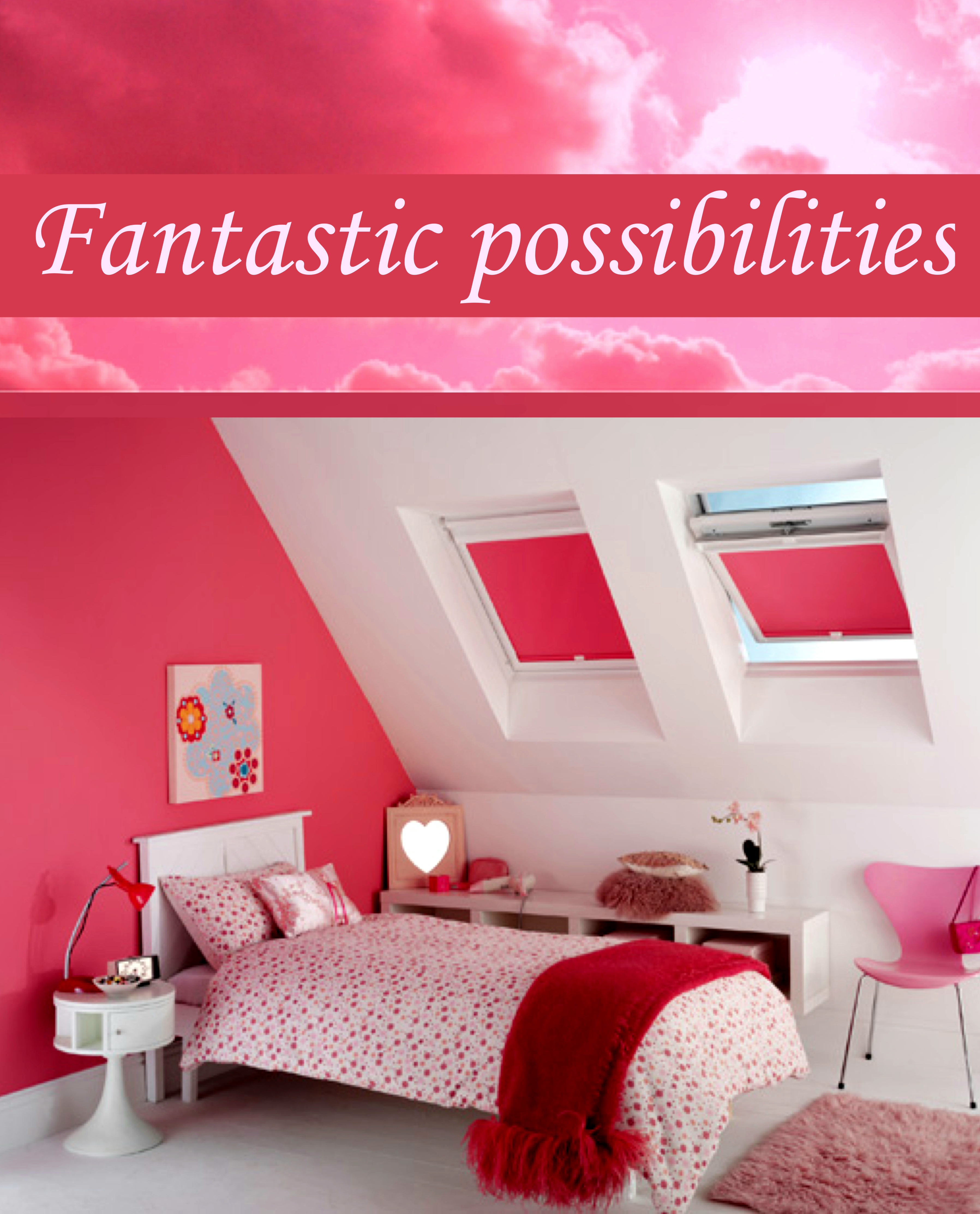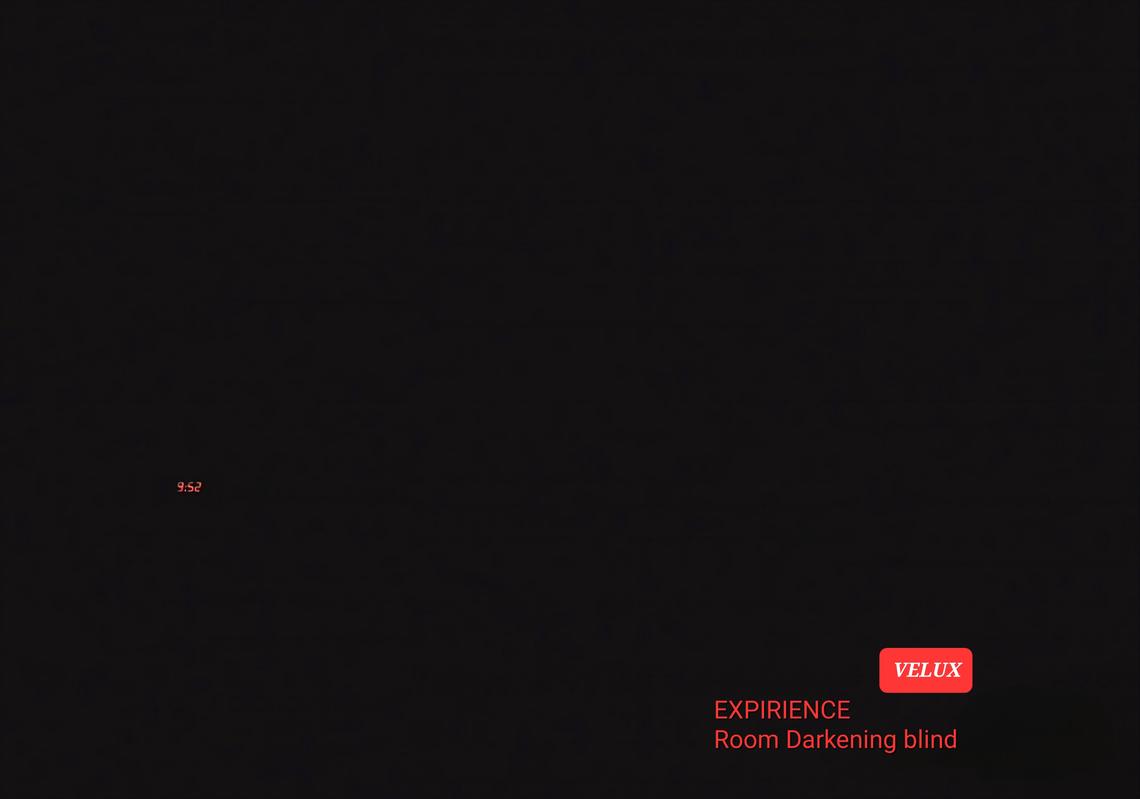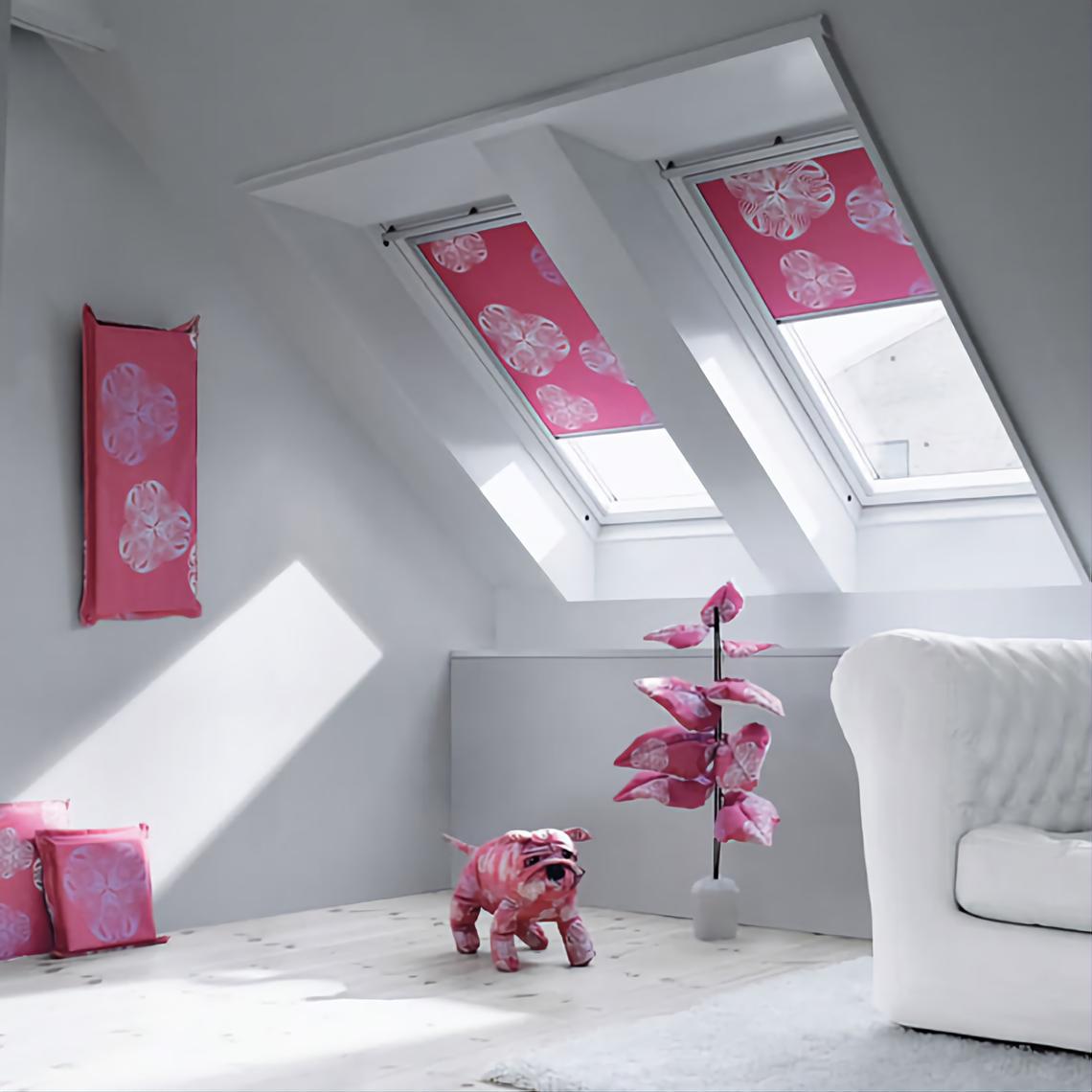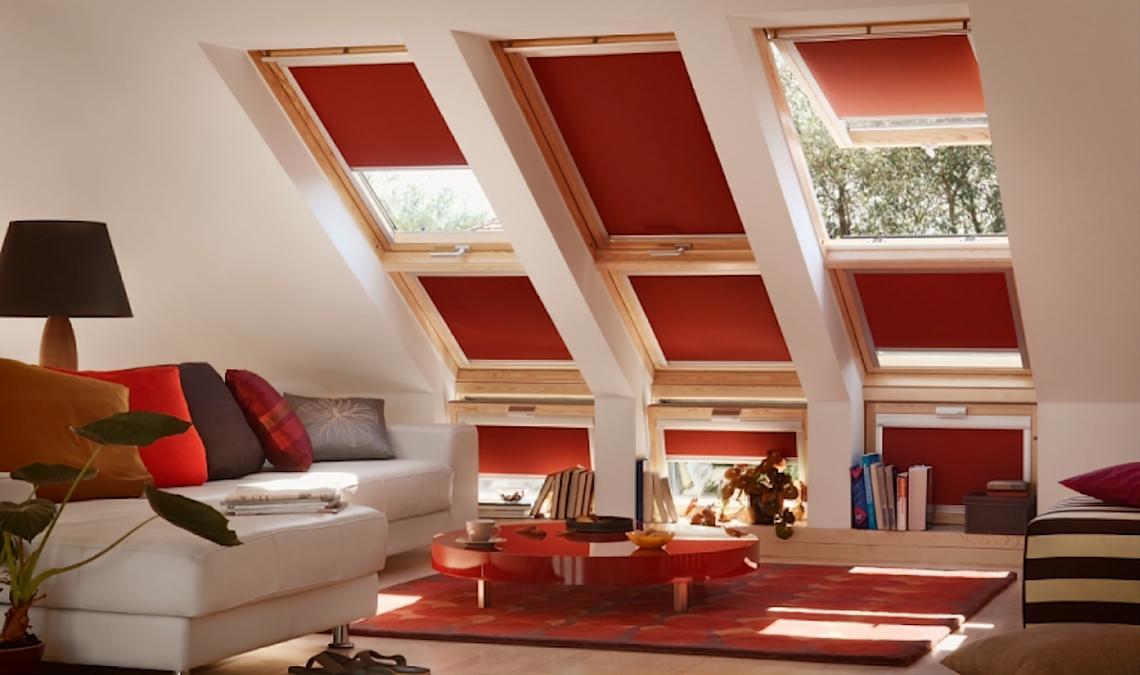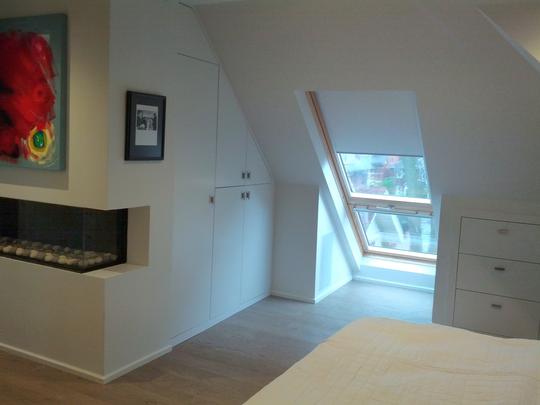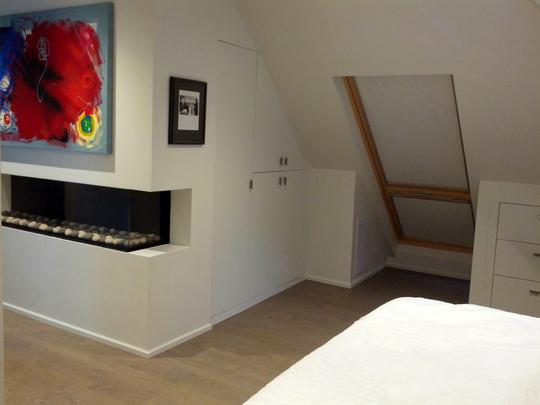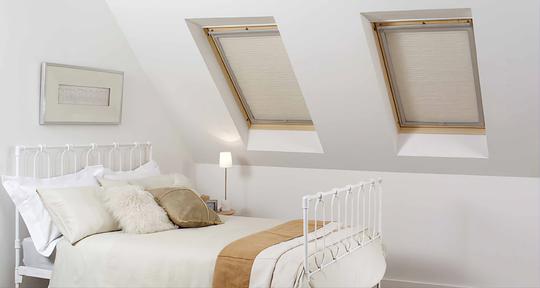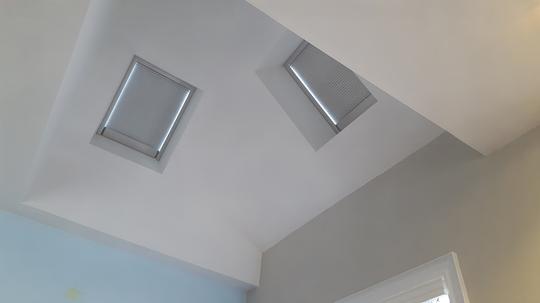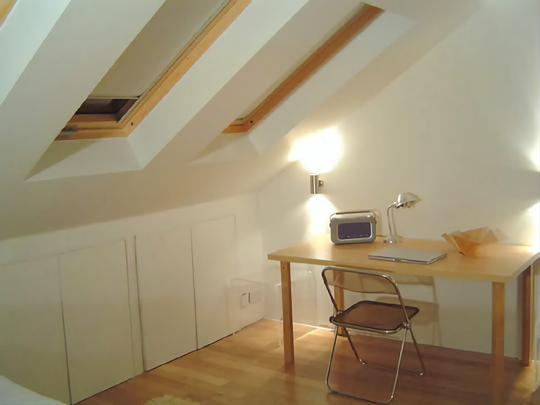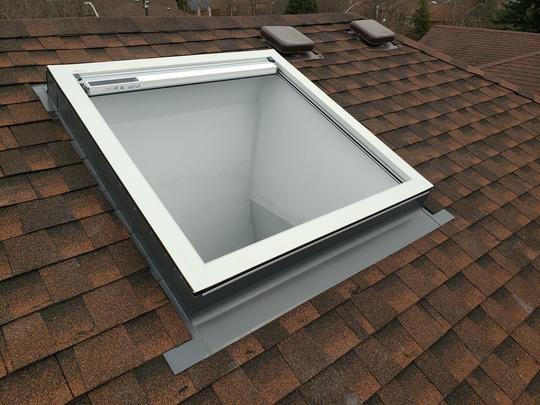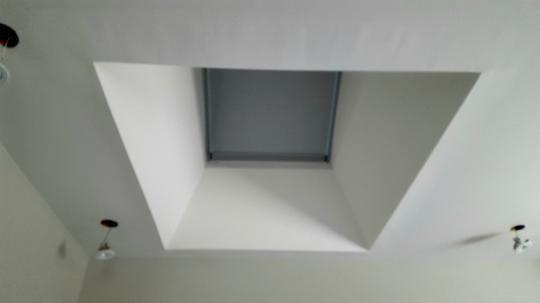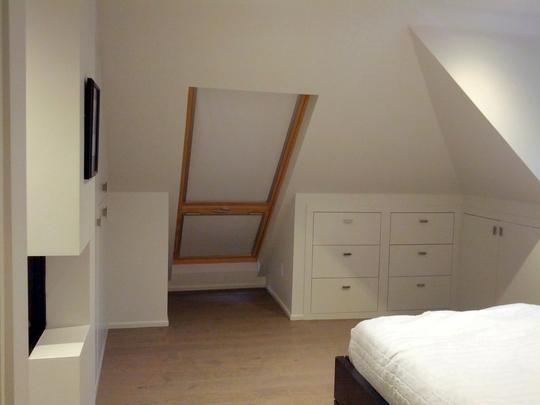VELUX CERTIFIED SKYLIGHT INSTALLER
TORONTO SKYLIGHT SERVICES
VELUX BLINDS
For your bedroom, we recommend Skylights with Room-Darkening Blinds, ensuring a peaceful and restful environment. In other rooms, the choice is yours – customize your Skylights to match your preferences and needs, whether it's with or without blinds. Enjoy the versatility and flexibility of our Skylight options, designed to enhance the comfort and ambiance of every space in your home.
